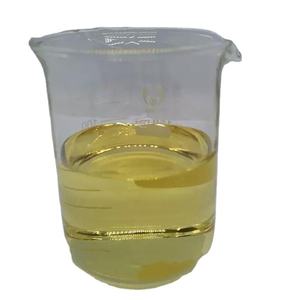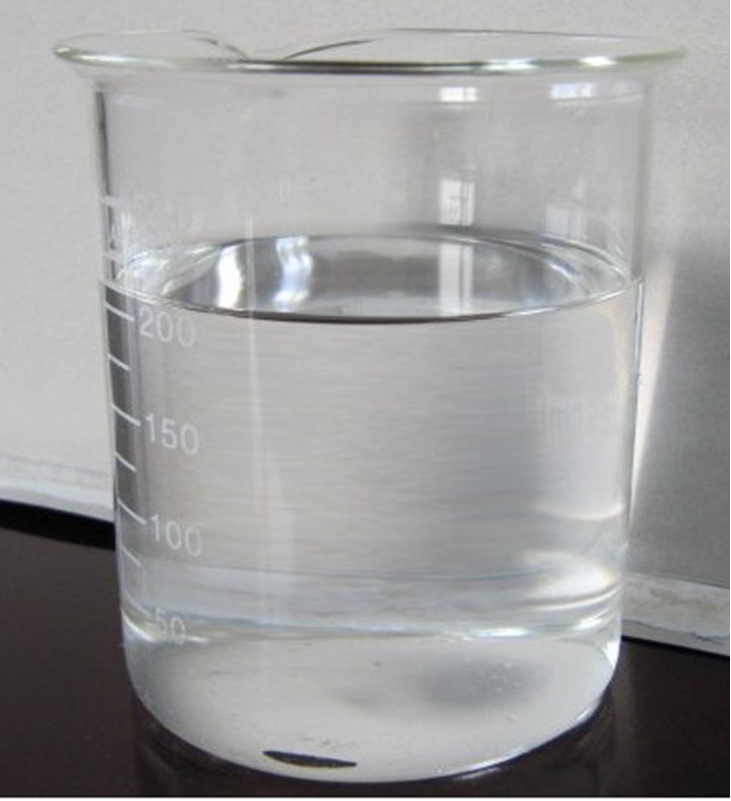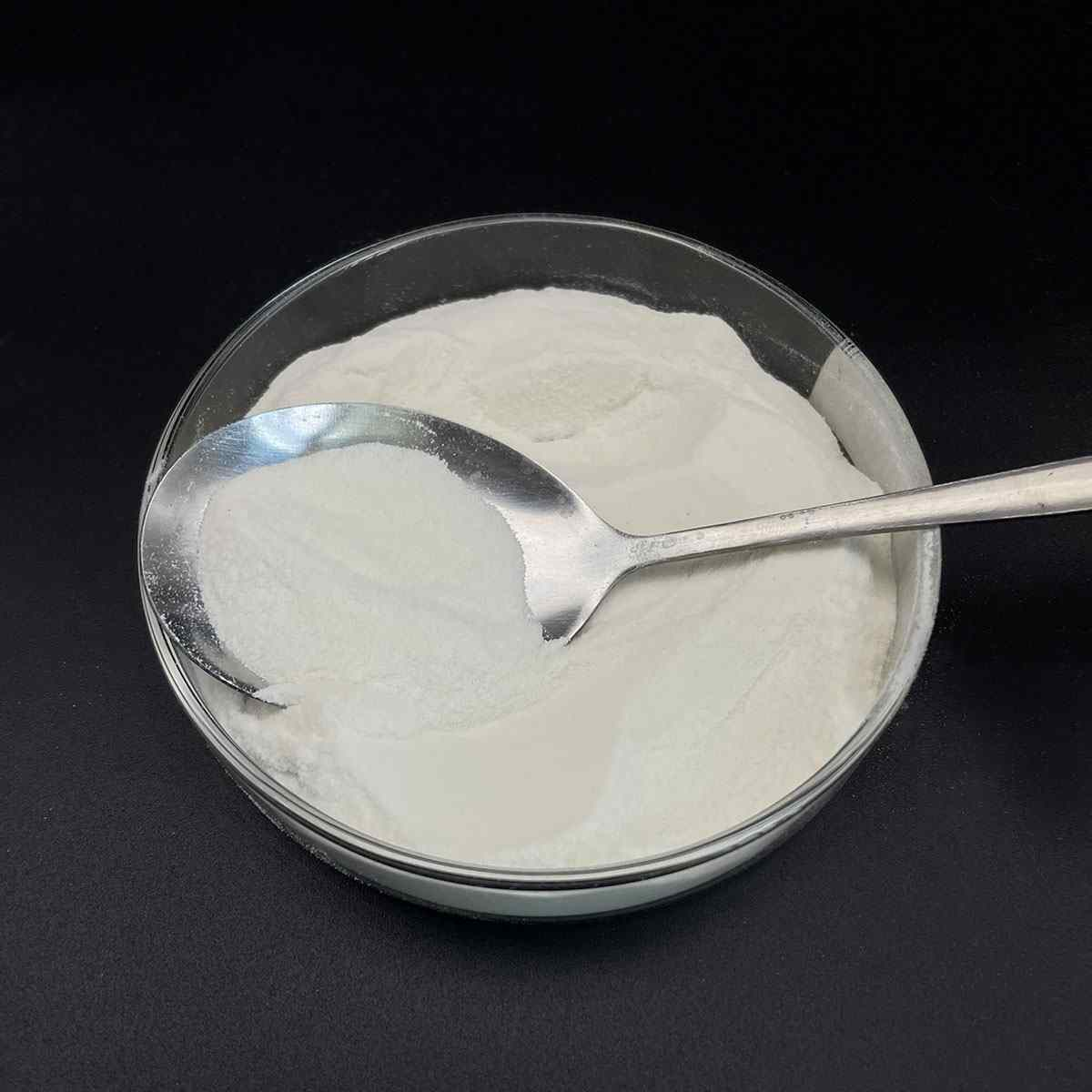1. Introduction
Just 24 hours ago, researchers at the University of California published a breakthrough study demonstrating how sodium lauryl sulfate (SLS) significantly improves the delivery of RNA-based pesticides in sustainable agriculture. This discovery has reignited interest in SLS—not just as a common detergent—but as a precision tool in next-generation agrochemical formulations.

Most people associate sodium lauryl sulfate with the lather in their shampoo or toothpaste. But beyond the bathroom cabinet, this anionic surfactant plays a critical role in highly specialized applications where surface tension control, emulsification, or wetting is essential.
In this article, we’ll dive into five niche, real-world uses of sodium lauryl sulfate that showcase its scientific and industrial value—far beyond everyday cleaning.
2. Sodium Lauryl Sulfate as a Surfactant for Herbicides
One of the most impactful niche uses of SLS is in agricultural chemistry, specifically as a surfactant for herbicides and weed killers.
When mixed with active ingredients like glyphosate, sodium lauryl sulfate acts as a lawn wetting agent that helps the solution spread evenly and penetrate waxy plant cuticles. This dramatically boosts herbicide efficacy—especially in hard-to-treat weeds.
- SLS reduces surface tension, allowing droplets to flatten and cover more leaf surface.
- It’s often blended with non-ionic surfactants like polysorbate 80 or ethoxylated alcohols for synergistic effects.
- Alternatives like alkyl polyglucoside or coco glucoside are gaining traction as bio surfactants, but SLS remains cost-effective for large-scale use.
Interestingly, sodium dodecyl sulfate (another name for SLS) is chemically identical to sodium lauryl sulfate—just labeled differently in scientific contexts. Both function identically as anionic surfactants in these formulations.
3. Enabling Nanoparticle Synthesis in Materials Science
In cutting-edge nanotechnology labs, sodium lauryl sulfate serves as a stabilizing agent during the synthesis of metal nanoparticles—including those made with copper 1 bromide.
SLS molecules form micelles that control particle growth and prevent aggregation. This is crucial for producing uniform nanoparticles used in electronics, catalysis, and medical imaging.

Compared to cationic surfactants like cetyl trimethyl ammonium bromide (CTAB), SLS offers a negatively charged interface that’s ideal for certain reaction conditions. Meanwhile, amphoteric surfactants like cocamidopropyl betaine (also called coco betaine or amidopropyl betaine) are sometimes added to fine-tune stability.
This application highlights how the meaning of surfactant extends far beyond cleaning—it’s about molecular engineering at the nanoscale.
4. Enhancing Soil Remediation and Environmental Cleanup
Environmental engineers are using sodium lauryl sulfate to mobilize hydrophobic contaminants like oil and polycyclic aromatic hydrocarbons (PAHs) in polluted soil.
By acting as a wetting agent for grass and soil, SLS increases water infiltration and helps flush out toxins. It’s often combined with lignin sulfonate or sodium dodecylbenzene sulfonate for improved biodegradability.
Though concerns exist about SLS toxicity in aquatic systems, controlled use in closed-loop remediation systems minimizes ecological impact. Bio surfactants like sodium cocoyl glutamate or decyl glucoside are being tested as greener alternatives, but SLS remains a benchmark for performance.
5. Role in Protein Research and Biochemistry
In laboratories worldwide, sodium dodecyl sulfate (SDS)—the same compound as sodium lauryl sulfate—is indispensable for SDS-PAGE, a technique used to separate proteins by molecular weight.
SDS denatures proteins and imparts a uniform negative charge, allowing accurate electrophoretic analysis. This is foundational in drug development, diagnostics, and genetic research.

While newer surfactants like sodium deoxycholate or sodium oleate are explored for milder denaturation, SDS remains the gold standard due to its reliability and low cost.
6. Formulating Advanced Personal Care Products with SLS Alternatives
Even within cosmetics, SLS is being strategically replaced or blended in high-end formulations to reduce irritation while maintaining performance.
Common pairings include:
- Sodium laureth sulfate (also called sodium lauryl ether sulfate or sodium lauryl ether sulphate), which is milder due to ethoxylation.
- Sodium lauroyl sarcosinate or sodium cocoyl isethionate for gentle cleansing.
- Amphoteric surfactants like cocamidopropyl (or coco amido propyl betaine) to buffer the harshness of anionic surfactants.
Brands sourcing sodium lauryl sulfate for sale often work with suppliers like Rohit Surfactants Private Limited to ensure pharmaceutical or cosmetic grade purity.
Note: Despite confusion in naming, sls sodium lauryl sulfate, na lauryl sulfate, and natrium lauryl sulfate all refer to the same compound—C12H25SO4Na.
7. Conclusion
From boosting herbicide performance to enabling life-saving protein research, sodium lauryl sulfate proves its worth far beyond the foam in your shower gel. While alternatives like alkyl polyglucoside, coco sodium sulfate, and amphoteric surfactants offer gentler or greener profiles, SLS remains unmatched in specific high-performance niches.
As science advances, the line between ‘common detergent’ and ‘precision chemical tool’ continues to blur—and sodium lauryl sulfate sits firmly at that intersection.
Our Website founded on October 17, 2012, is a high-tech enterprise committed to the research and development, production, processing, sales and technical services of ceramic relative materials such as 5. Our products includes but not limited to Boron Carbide Ceramic Products, Boron Nitride Ceramic Products, Silicon Carbide Ceramic Products, Silicon Nitride Ceramic Products, Zirconium Dioxide Ceramic Products, etc. If you are interested, please feel free to contact us.


